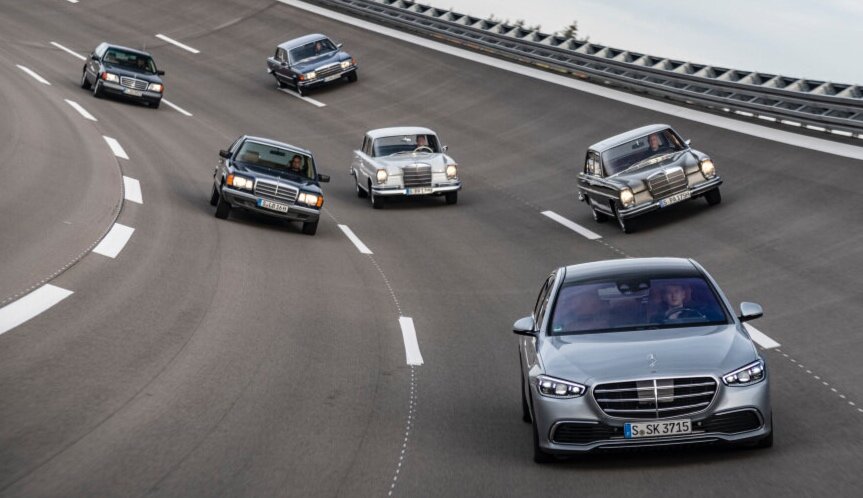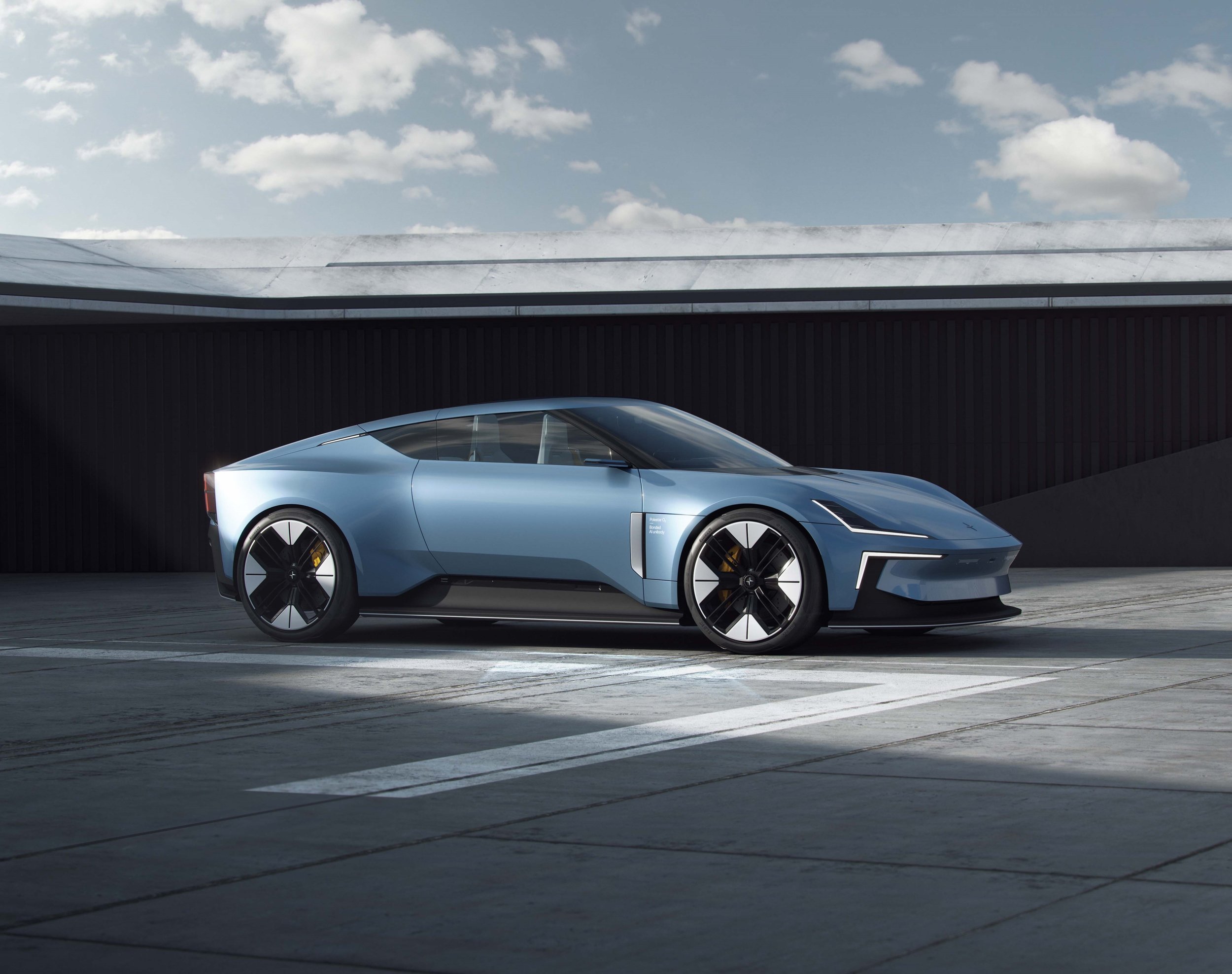Coefficient In Drag
In certain ways, the Mercedes EQS’s naïve appearance is a return to form.
(photo © Daimler AG)
Last year’s Mercedes S-class was a coda to the 20th century motor car. Composed in accordance with the doctrines of the past, while simultaneously trying to cater to the preferences of the future in inevitably compromised a fashion, it showcased that the luxury motor car as we know it has run its course.
This year’s EQS electric luxury saloon, on the other hand, acts as a prelude to the automobile of the 21st century. A teaser, a taster, a rough sketch, an outline - but even so, a marked step towards the future. Whereas the S-class has run out of truly meaningful ideas, the EQS provides some basic hints as to what might truly matter in the future of luxury motoring.
Considering how superficiality has become a core trait of the Mercedes-Benz brand over the past decade, it is rather astonishing that this EQS turned out to be the most genuine Mercedes in ages. Particularly as its looks also do their bit to distract from the substance at the core of this truly all-new design.
Sonderklasse, from the beginning to the end (photo © Daimler AG)
To get an obvious distraction out of the way, the duotone paint scheme used in several press images is awful indeed - not only because of its clumsy application, but because it also needlessly highlights that this production EQS isn’t remotely as balanced as the namesake concept car. The graphics front and rear also regrettably don’t deviate from the EQ specifications, making the car appear needlessly toy-like at the front and dumpy at the rear. The interior is also typical Sindelfingen-by-way-of-Dubai fare - including the three displays underneath one cover posing as the Hyperscreen, in accordance with the need for gimmicky (and linguistic) hyperbole, as established by a certain maker of electric cars. We’re thankfully being spared a ‘Heilig’s Blechle’ performance mode, however.
Hyper, hyper! (photo © Daimler AG)
Despite the EQS having been rolled in the prerequisite Sensually Pure Glitter, it cannot be sufficiently stressed that this luxury car is, in several ways, the antithesis to Mercedes’ other recent takes on this class of automobile. If design indeed is about rendering a mindset visible, the likes of the Mercedes-Maybach GLS or Ultimate Luxury concept cars suggest a combination of intellectual vacuity and passive-aggressive grandstanding to have formed the nucleus of the considerations of Sindelfingen’s best & brightest recently. The EQS’ essence, tinsel and all, appears to have been informed by infinitely more progressive a mentality, however.
When duotone paint is the least of many problems (photo © Daimler AG)
First and foremost, the purpose EQS has been made fit for isn’t ostentation and single-minded profit maximisation, but the creation of a ‘better’ luxury car - or, in less platonic a parlance: progress, rather than reactionary posturing. Not since the W126 S-class shed a few hundred kilos compared with its predecessor in the quest for greater efficiency in 1979 has a top-of-the-shelf Mercedes been as devoted to this cause. That milestone S-class clad those engineering achievements in shapes of outstanding grace, which obviously couldn’t be said of the EQS - but even so, this is a Mercedes to be taken seriously indeed. The first such production vehicle in quite some time, even.
EQS’ appearance most obviously betrays this engineering pedigree through its striking proportions. From some angles (and solely on the basis of images) it does look like a Mercedes version of a BMW 2 series GranCoupé, but if that is the price to be paid for an aerodynamic coefficient of 0.20, so be it. There might have been more pleasing aesthetic solutions to this requirement, but even in its somewhat ungainly form, the EQS semi-monovolume body underlines that its creators chose their priorities wisely.
Unusual form following clear function (photo © Daimler AG))
For once, one may wish for the odd graphic to take some visual weight off this Mercedes’ somewhat podgy flanks and rear, as the Swabians’ Porsche-mimicking, unadorned-yet-bulging surfaces lack the tautness of Weissach’s output. Indeed, the EQS’ style does its design a bit of a disservice, but compared with other recent German electric vehicle designs - with the notable exception of the Porsche Taycan -, it is a refreshingly original take on automotive architecture, rather than another run-of-the-mill car design with its grille blanked out.
Just like last year’s S-class won’t be remembered by posterity as the most meaningful of its kind, EQS is unlikely to become the definitive luxury Mercedes of the electric age. But for all its flaws, it marks a first, tentative, confused step in the right direction. Which makes the EQS the most relevant Mercedes design in ages - and for that alone it deserves some respect.
















Car interior designer who created some of the most significant cabins of all time, most notably the Porsche 928’s